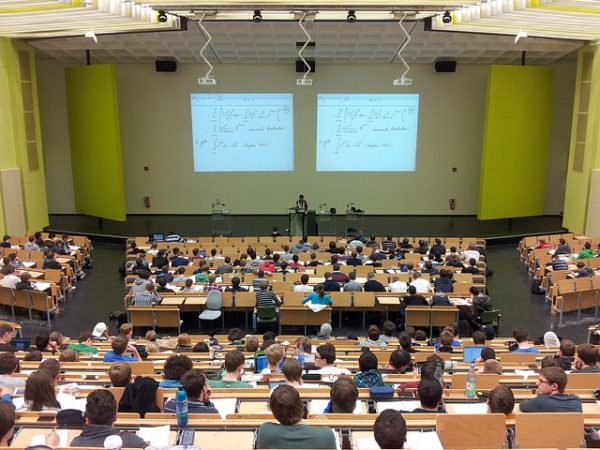
Jessica A. Cebulak and John F. Zipp. 2019. “Using Racial and Class Differences in Infant Mortality to Teach about White Privilege: A Cooperative Group Activity.” Teaching Sociology
White college students often struggle to understand, recognize, and learn about white privilege. Many students prefer a “color-blind” approach that denies racial inequalities altogether. Although there are other teaching strategies that try to overcome this, too many simply shift the conversation to inequalities in social class. These strategies fail to address the complicated relationship between race and class. As a result, students struggle to understand, for instance, why affluent, well-educated Black women still have higher infant mortality in the United States than low income, poorly educated white women.







